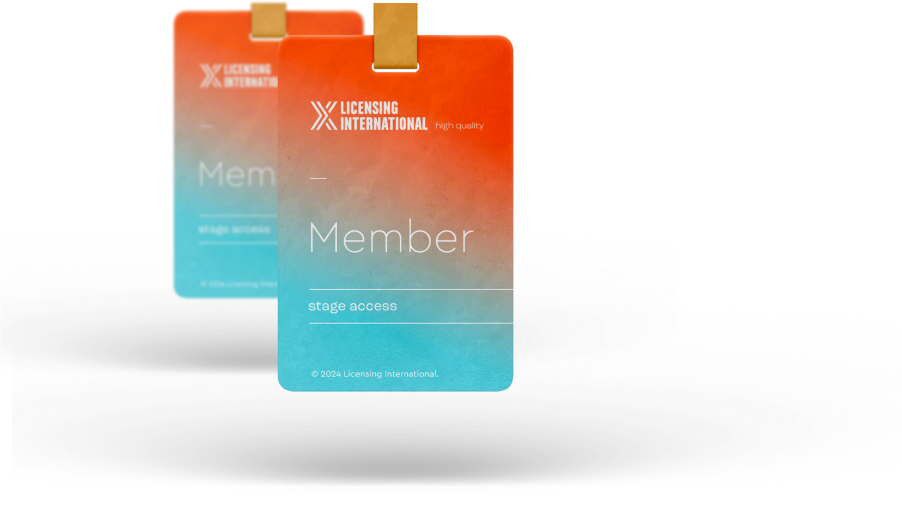In-Game IP Integration Comes into Play

By Mark Seavy
In-game integration of licensed IP is increasing as videogames seek to distinguish themselves in the ultra-competitive console and mobile markets.
The trend of combining existing games with popular IP isn’t new, but it has picked up speed as titles find themselves in need of new engagement—particularly in the mobile category.
Mobile game developer Scopely, for example, recently brought Cloudco’s Care Bears into the Stumble Guys battle royale multi-player mobile game it acquired from developer Kitka three years ago. The Stumble Guys title peaked at 2.9 million daily active users during the past 30 days, down from seven million in August, according to game research firm Activeplayer.io.
Scopely previously brought Marvel characters into its licensed single player game Monopoly Go! in September, a year after it was originally released. Monopoly Go! hit 2.6 million daily active users in September 2024, up from 1.9 million in February 2024, according to Activeplayer.io.
Additionally, Capcom’s Resident Evil franchise was recently introduced in Behavior Interactive’s Dead by Daylight game and Concord Music Group’s Kidz Bop brand was brought into developer Gamefam’s Really Easy Obby! Roblox title.
“IP Integrations are a bit more pronounced now for a couple of reasons,” said Russell Binder, Founding Partner at the agency Striker Entertainment, which represents the “Five Nights at Freddy’s” franchise that is launching in “Dead by Daylight” this year. “Due to requisite investments of time and money, and the lack of ownership in standalone game, licensing can be a hurdle for some game developers and publishers, whereas integrations allow for more experimentation, fan service, the opportunity to prove that there is enough momentum with the IP to ultimately explore a standalone licensed game. There is also a significant amount of investment being deployed in the gaming space, particularly in live operations, where there are going to be more opportunities and more titles that might be looking for brand and character integrations to create and eventize campaigns, as well as to leverage as a user acquisition tool, Not all games and integrations have been or will be successful, but there are more titles seeking to do integration than there have been in the recent past.”
In addition to providing a refresh to an existing game, the development costs of integrating existing IPs into a game are typically lower than those for top-selling standalone titles, where the budgets can reach $200 million. These integrations can also be developed in six months to a year, compared to the years-long timeline associated with building blockbuster games. Royalties for the licensor can range 15-20% given the lower costs, while minimum guarantees (depending on the IP) can range from a flat fee to one based on a percentage of in-game revenues, licensing industry executives said.
“Does a character like John Wick [from the film series] deserve his own videogame? Potentially yes, but it also is a great character to put into a variety of games to refresh them and offer gamers live experiences, new content to buy, and new characters to play with,” a videogames licensing executive said. “There are more of those deals on the integration side of the licensing world than there are straight-up licenses for standalone games. Standalone gaming is much more difficult to license. Integration is a more risk-averse approach for rights holders and game developers to bring an IP into gaming.”




